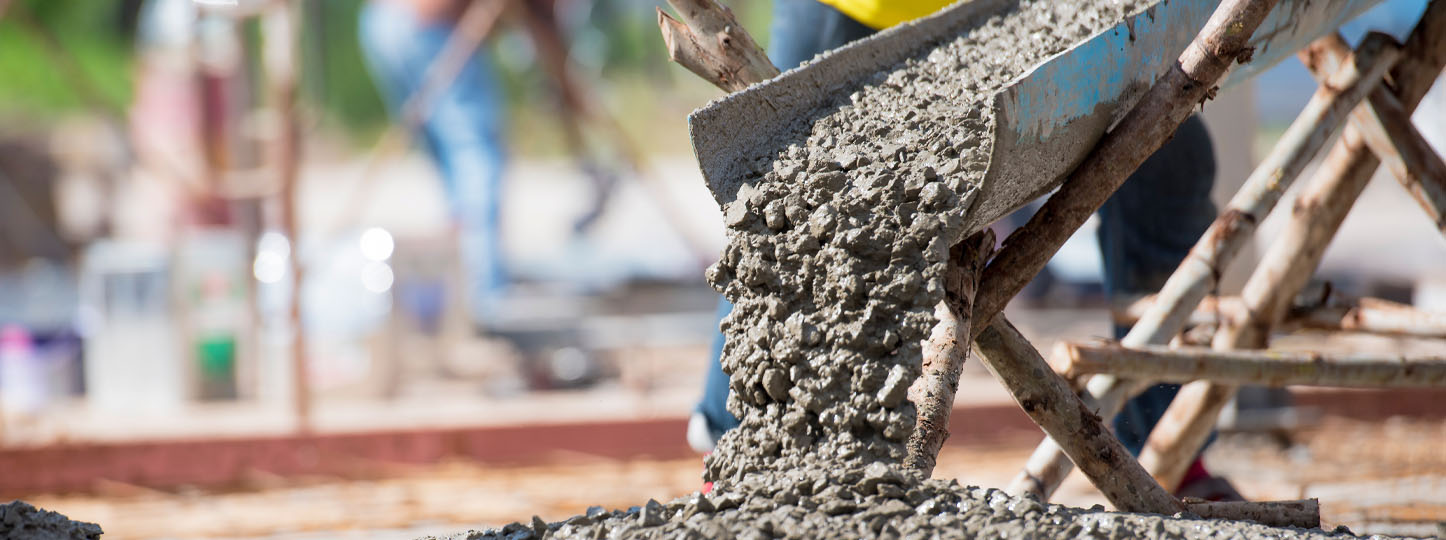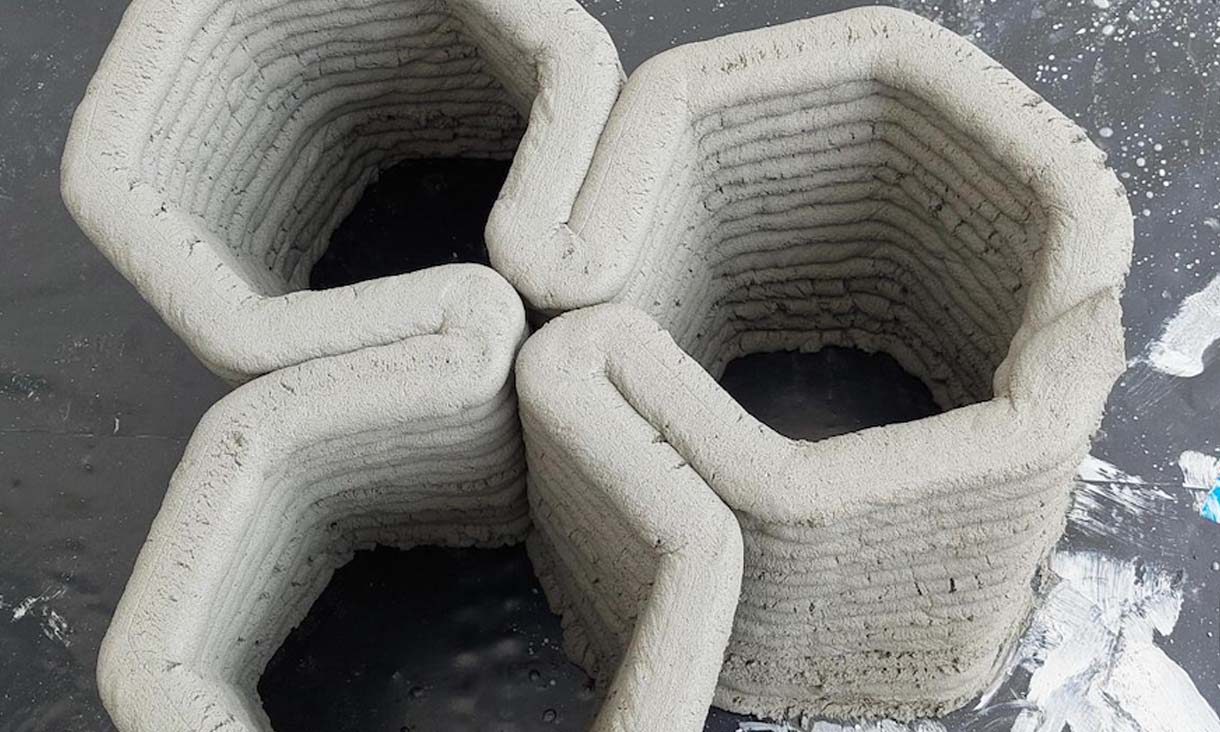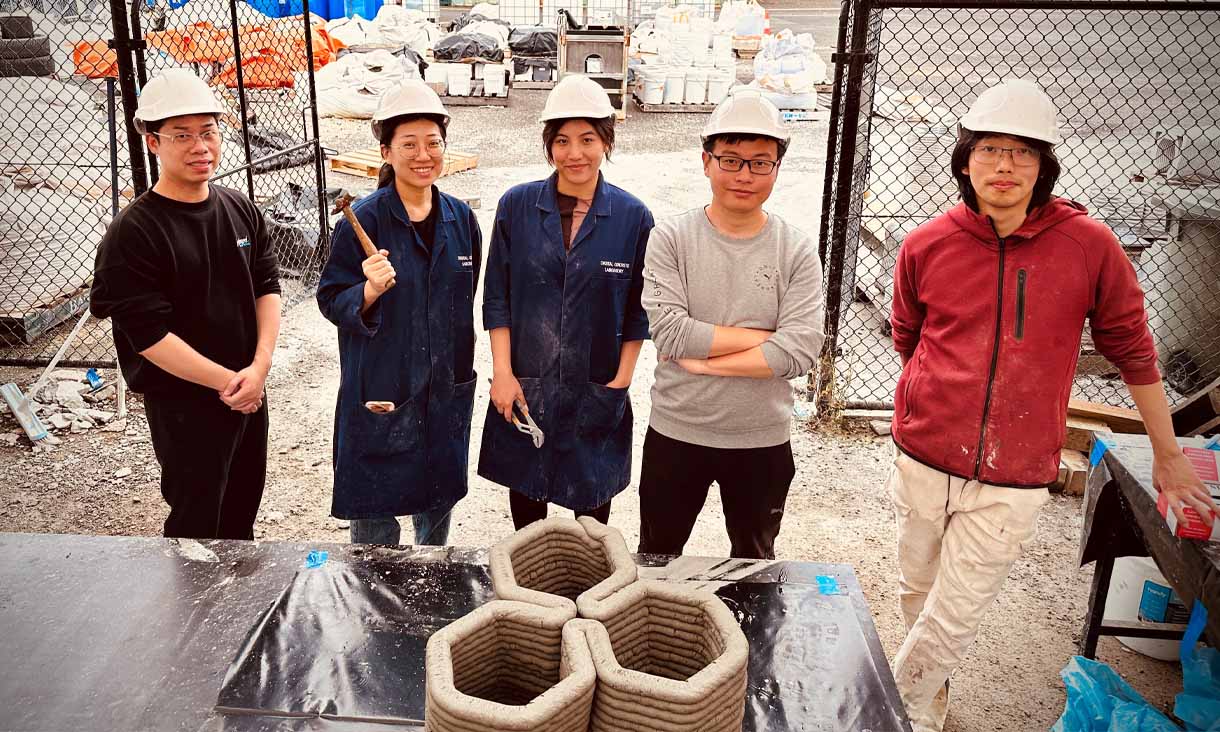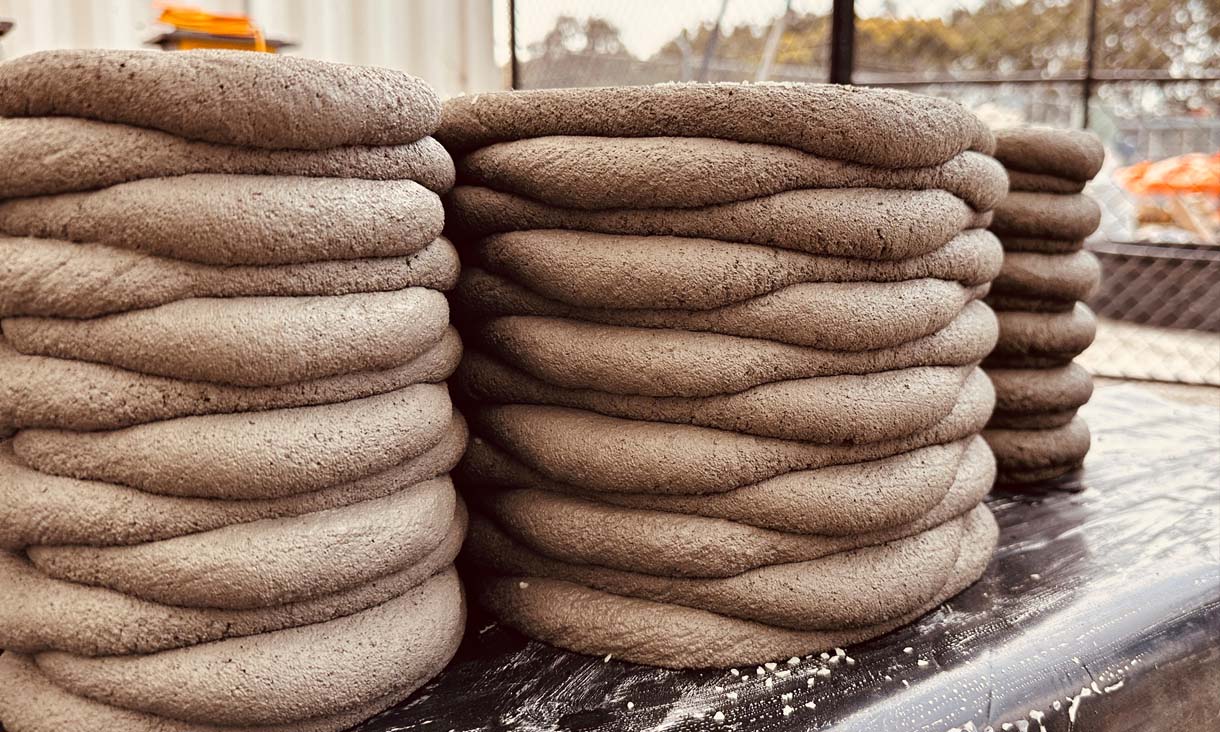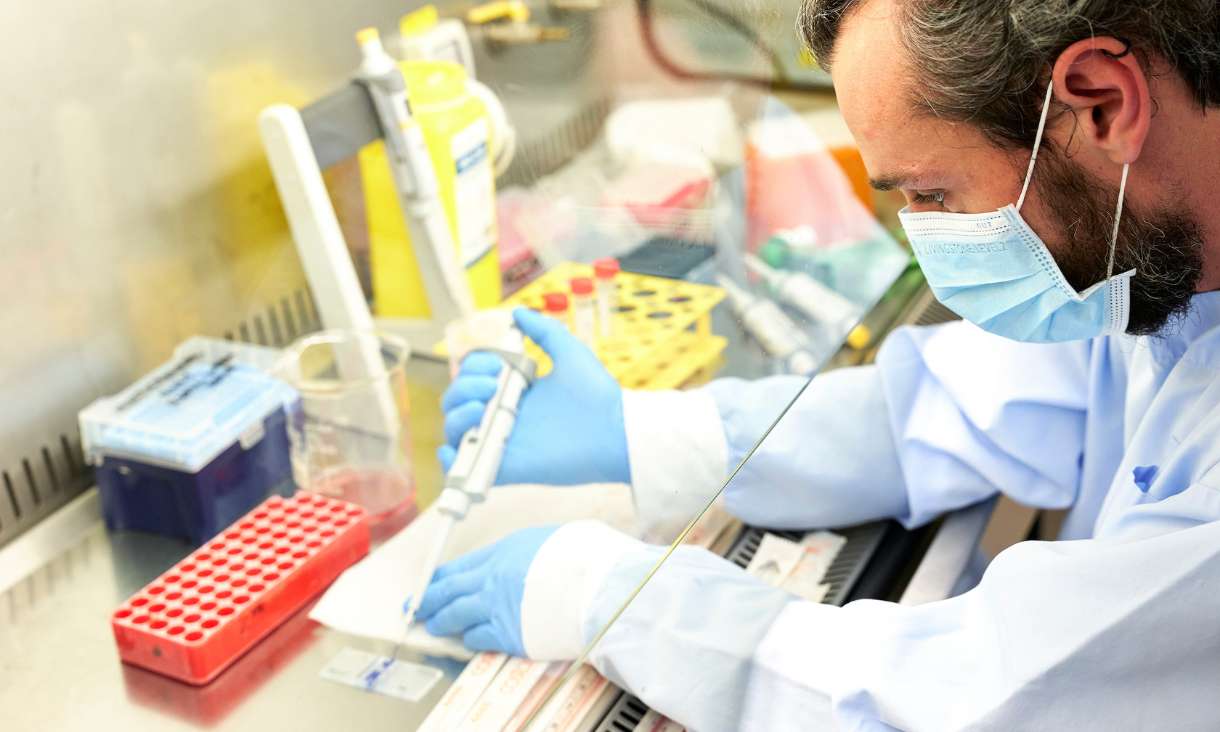RMIT community comes together to celebrate the Class of 2025
With Sneaky Sound System setting the scene and honorary degrees awarded to two outstanding leaders from the art and business communities, the 2025 RMIT Melbourne Graduation Ceremony was full of highlights.
Louise Adams recognised with honorary doctorate at 2025 graduation
RMIT has awarded Louise Adams, Aurecon Chief Executive Officer, the Doctor of Business honoris causa, acknowledging her leadership in engineering, gender equality and Australia’s partnership with Vietnam.
5G home internet challenges NBN, but mass shift still a way off: study
Most Australians who have 5G are content with it, yet few actively seek it out or plan to switch in the short term, a study from RMIT University has found.
RMIT launches Accelerator for Translational Research and Clinical Trials
Last month, the University launched the Accelerator for Translational Research and Clinical Trials (ATRACT), a research centre that empowers STEM researchers to translate excellence in fundamental research in cancer, immunology and infectious diseases into global impact.
